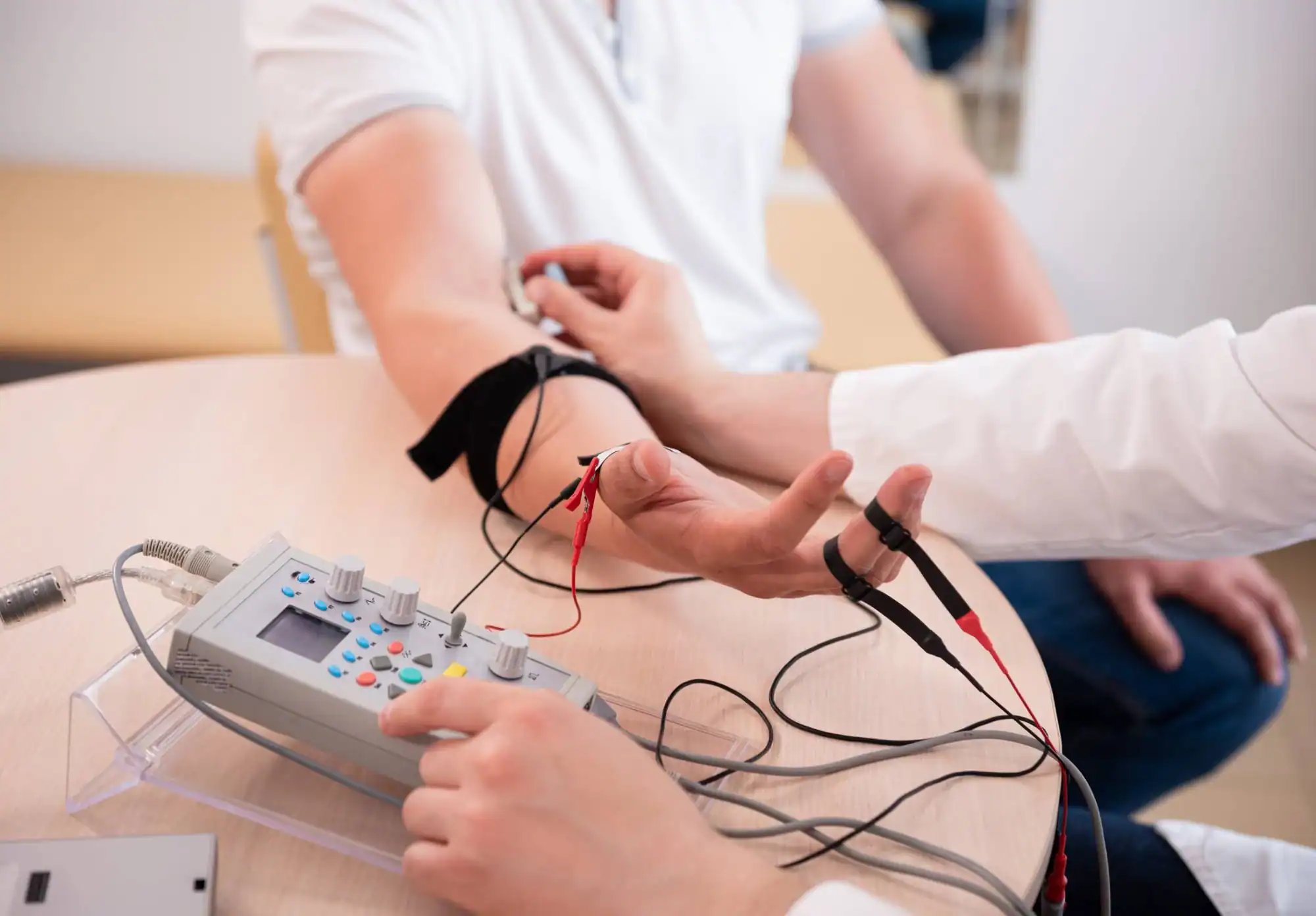Precise EMG testing and nerve conduction studies that pinpoint exactly what’s causing your symptoms.
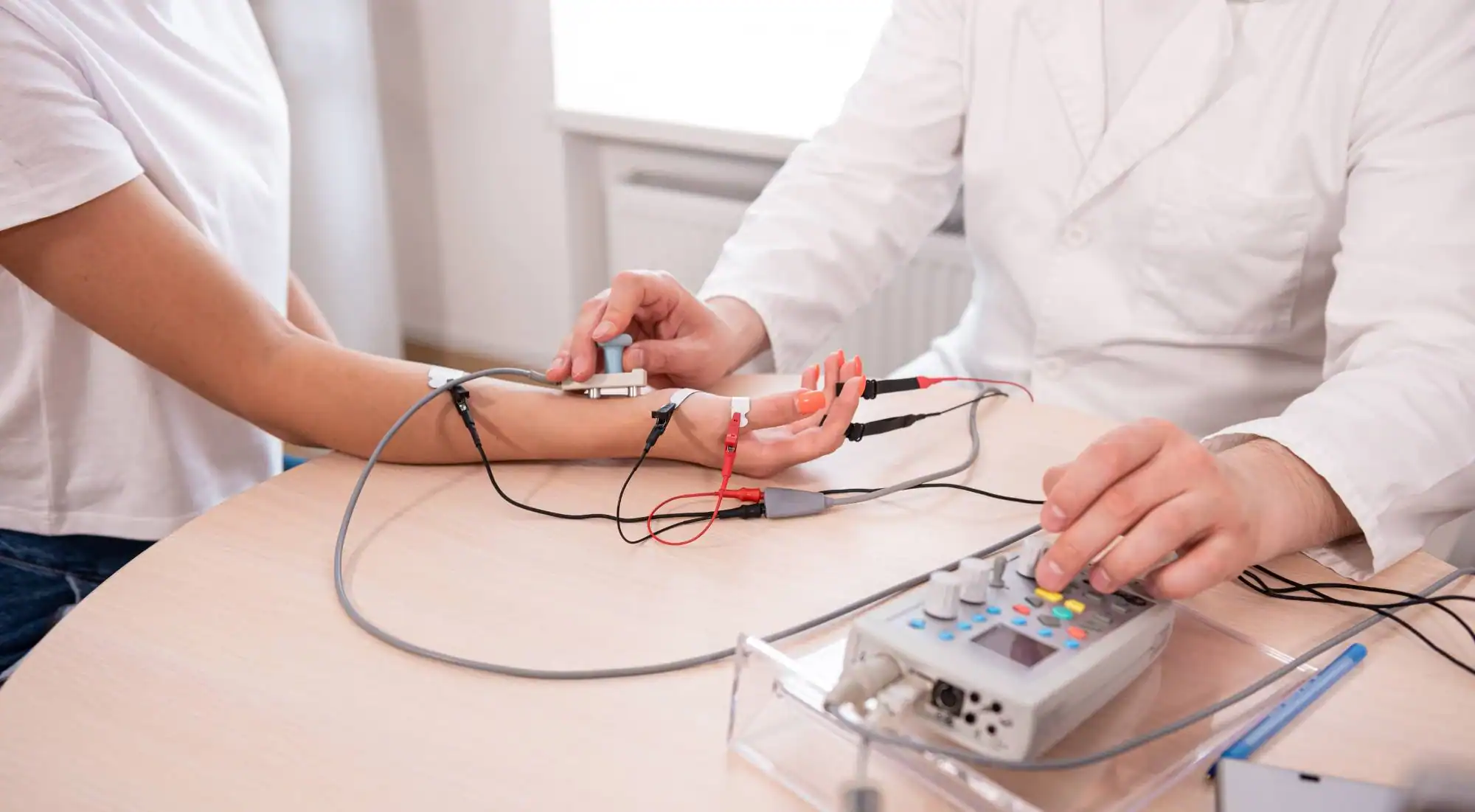
Reviews
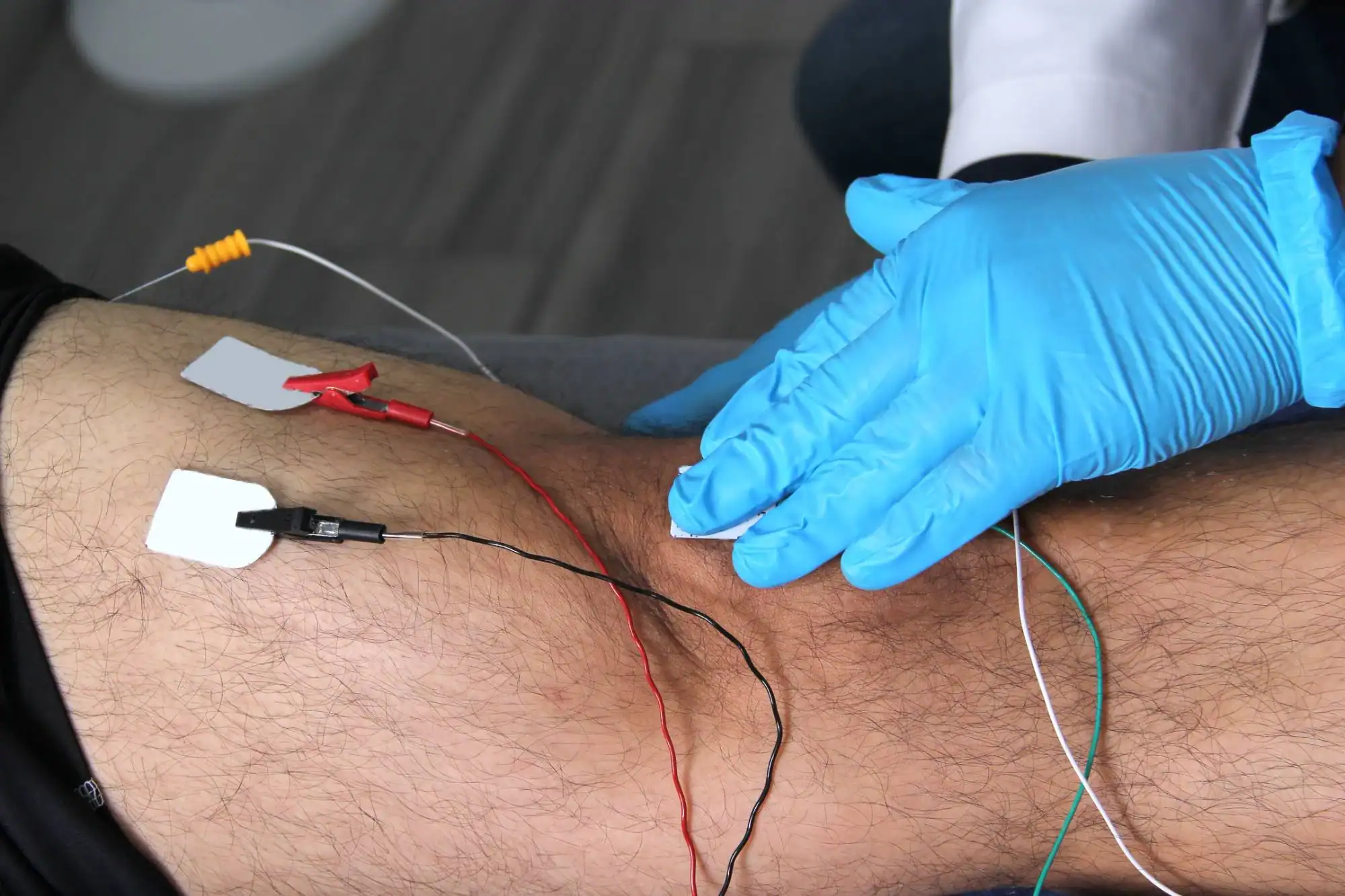
You’re tired of guessing why your hands go numb or why that shooting pain keeps coming back. EMG testing gives you the definitive answers you need to move forward with the right treatment.
This diagnostic test measures the electrical activity in your muscles and nerves, showing us exactly where the problem is and how severe it might be. No more wondering if it’s carpal tunnel, a pinched nerve, or something else entirely.
Once we know what we’re dealing with, you can stop worrying about the unknown and start focusing on getting better. The uncertainty ends here.
NY Spine Medicine has been helping South Florida residents get to the bottom of their nerve and muscle problems for years. We understand that living with unexplained symptoms is frustrating and often scary.
What sets us apart is our commitment to clear communication. You won’t leave confused about your results or what comes next. We take the time to explain what the test shows and walk you through your options.
Our South Grapeland Heights location makes it convenient for local residents to get the specialized testing they need without traveling across the region.
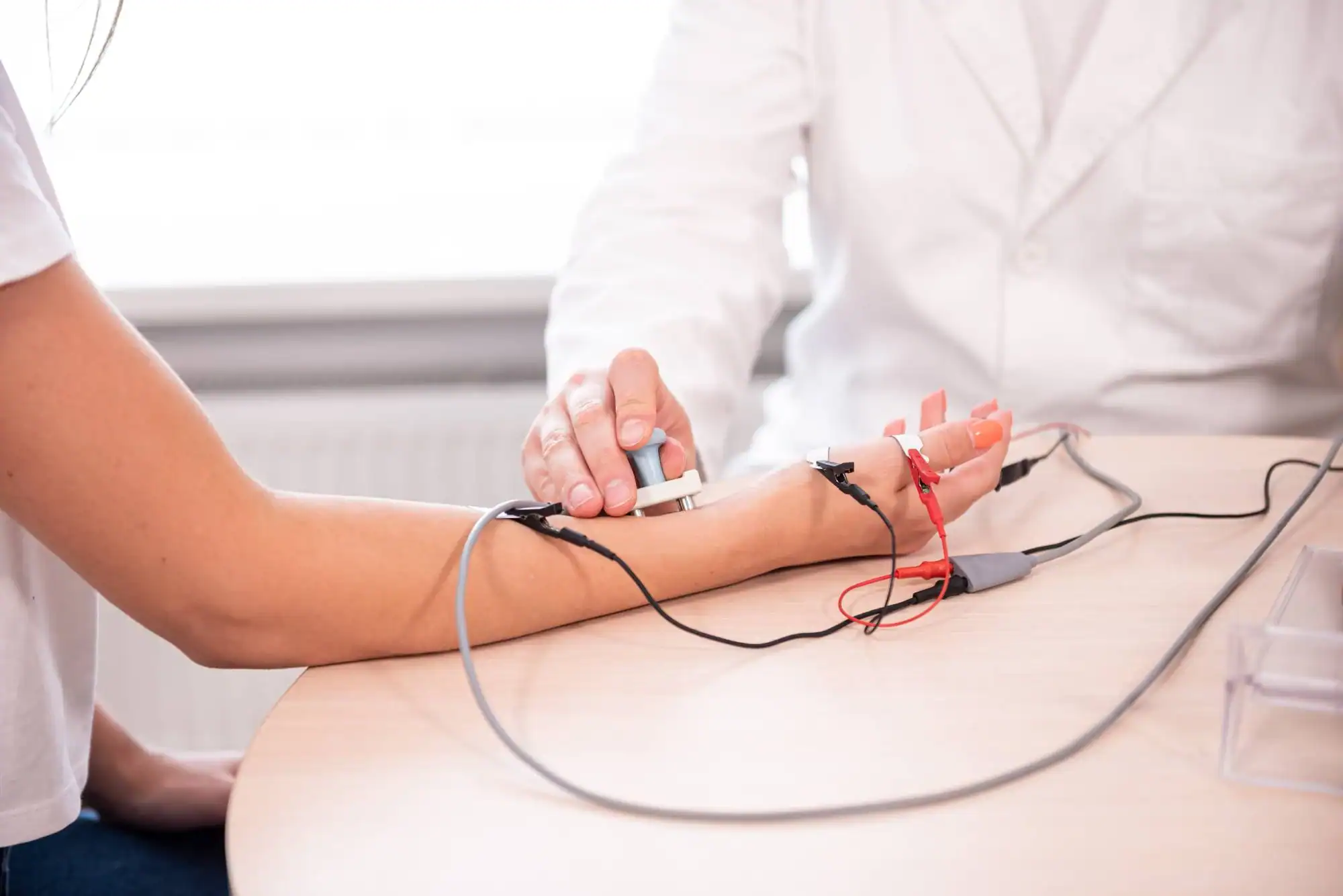
The EMG test has two parts that work together to give us the complete picture. First, we perform nerve conduction studies using small electrical pulses to measure how well your nerves send signals. You’ll feel a brief sensation, but it’s not painful.
Next comes the electromyography portion, where we use a thin needle electrode to measure muscle activity. This shows us if your muscles are responding normally to nerve signals. Most people are surprised by how tolerable this part is.
The entire process typically takes 30 to 60 minutes, depending on how many areas we need to test. You’ll get your results the same day, along with a clear explanation of what they mean and what your next steps should be.
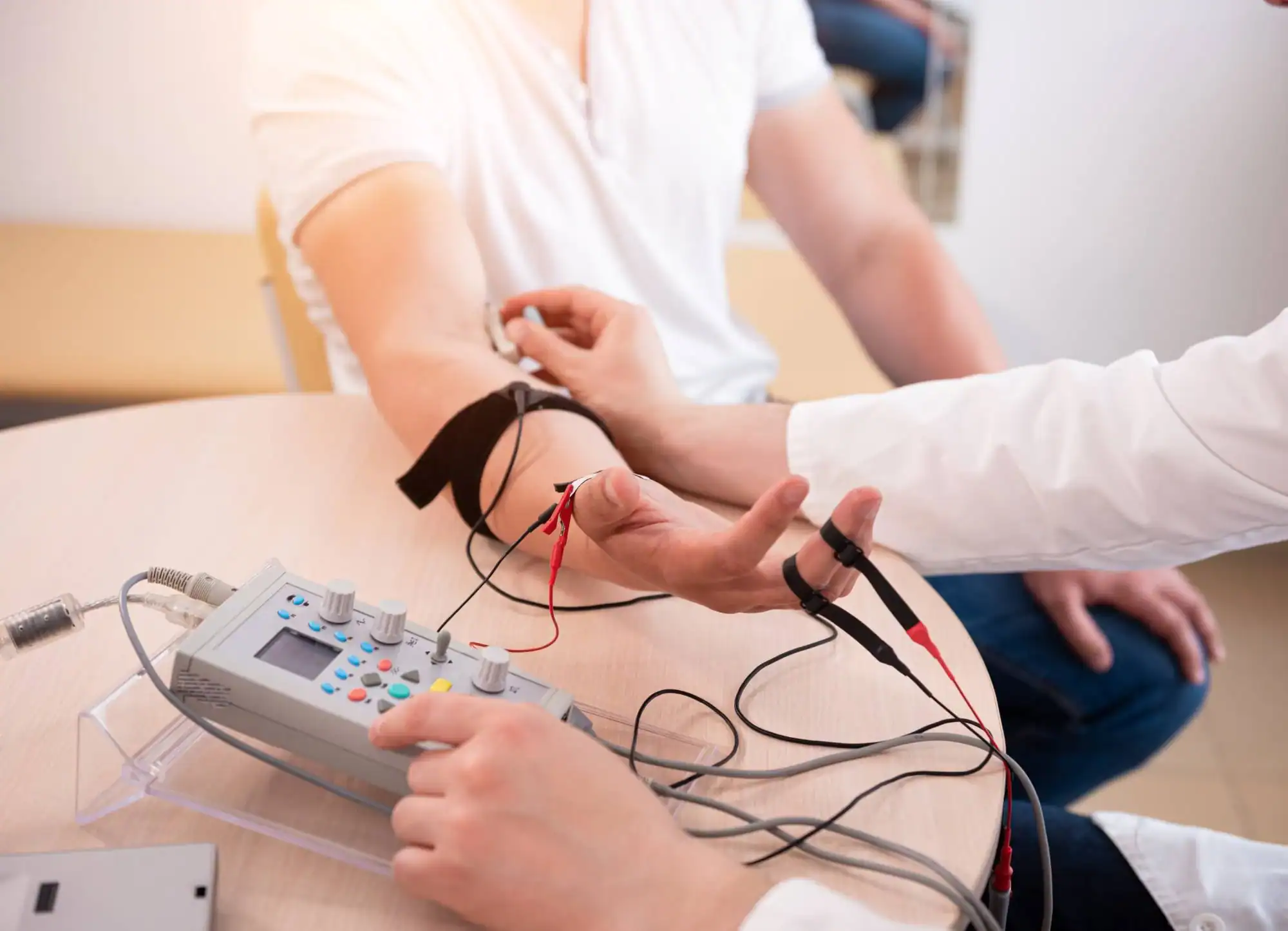
Ready to get started?
Your EMG testing includes both electromyography and nerve conduction studies in one appointment. This comprehensive approach means we can diagnose conditions like carpal tunnel syndrome, sciatica, peripheral neuropathy, herniated disc complications, and various muscle disorders.
We use state-of-the-art equipment that provides precise measurements while keeping your comfort in mind. The testing covers the specific areas where you’re experiencing symptoms, whether that’s your hands, arms, legs, or back.
You’ll receive a detailed report of your results along with our recommendations for treatment. If we find something that needs attention, we’ll discuss your options and help you understand what each approach involves. No medical jargon, no confusion about what happens next.
